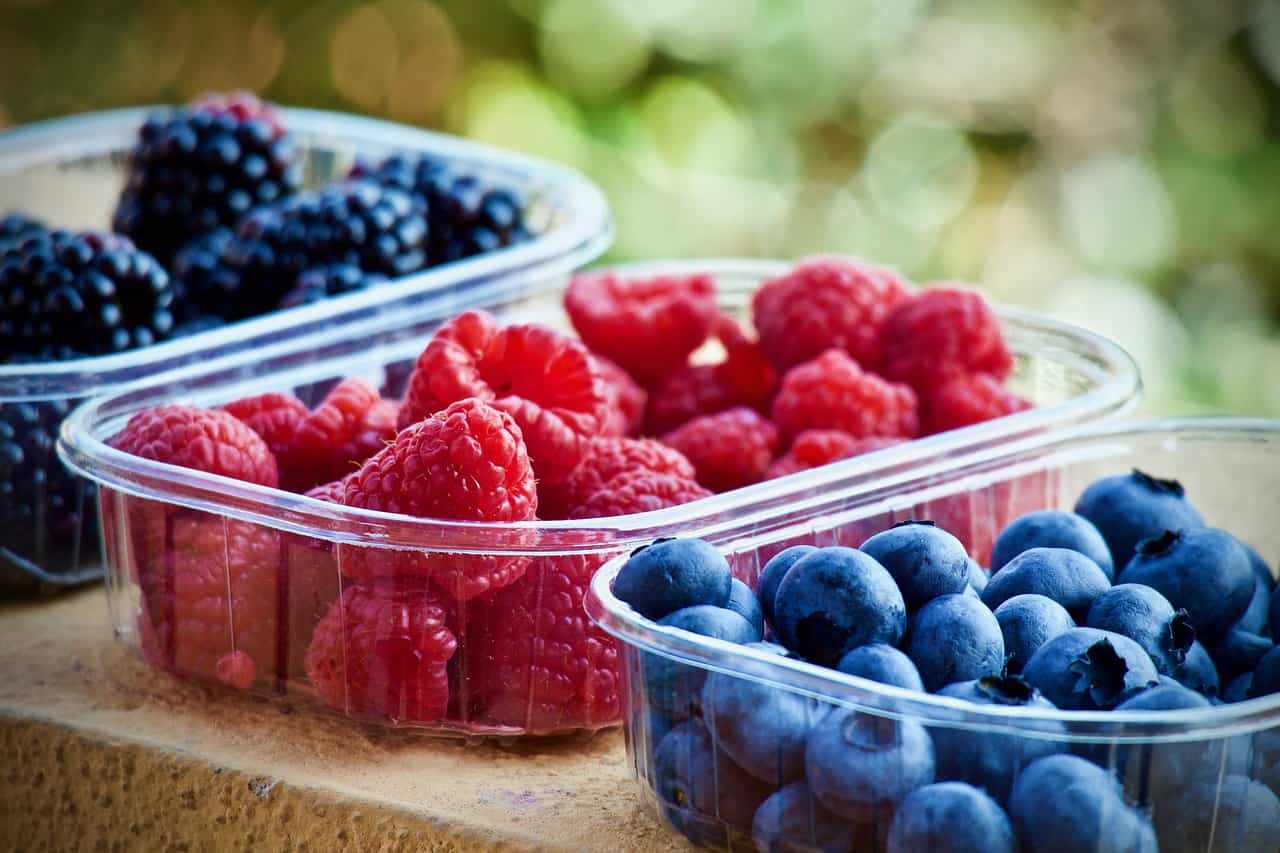Dealing with a problematic tooth that requires removal can bring about some understandable questions. What exactly happens during the procedure? What can you expect from start to finish?…

Summer brings people out of the house and out to the beaches, amusement parks, and picnic grounds. Along with the swimming and sports, this means people have more opportunities to try tempting treats. From backyard barbecues to sugary ice cream, there are plenty of summer oral health hazards. While it may be too much to expect everyone to abstain from all of those sweet and sticky foods, there are some things you can do to protect your teeth and gum tissue. These suggestions help you protect your oral health even as you indulge in your favorite summertime treats.
Leave the House Prepared for Sugary Encounters
Setting aside the damage that junk food can do to your body, it can have a disastrous effect on your teeth. This is largely because eating away from the home means letting sugary and sticky substances linger on the teeth. While you enjoy the rest of your day out, those substances will be promoting the bacterial growth that attacks teeth and gum tissue. The easiest solution is to bring a travel-size tube of toothpaste and a toothbrush whenever you leave the house. By brushing immediately after you enjoy that junk food, you’ll be better able to protect your oral health.
Choose Your Sweets Wisely
Instead of reaching for candy and ice cream to satisfy your cravings, look for fresh fruit. Strawberries, blueberries, and grapes are just a few of the options you might try this summer. Even though there is sugar in fresh fruit, it’s not nearly as highly concentrated as the refined sugar found in pastries, ice cream, and candy. If you want something cold and sweet, try putting a banana or slice of melon in the freezer.
Employ Good Oral Care Practices
People don’t spend much time thinking about their oral care practices until they start to feel the pain of tooth decay. To avoid this unpleasant experience, take the time to practice better oral care. You should start by examining your supplies. Choose a soft bristled brush that has the ADA (American Dental Association) seal to ensure it’s a quality product. Similarly, your toothpaste and mouthwash should contain fluoride and bear the ADA seal, as well.
You should brush your teeth a minimum of twice per day, but brush more often if you eat sticky or sweet foods. As you brush, lightly polish the tooth, moving the brush in circular motions. This will ensure you clean all areas of each tooth without scrubbing away the protective enamel.
It’s also a good idea to floss just before brushing. Flossing will free up food particles from areas that will be difficult to reach with your toothbrush. Rinsing with water can remove the fluoride from your mouth, so it’s best to rinse with a fluoridated mouthwash. Additionally, avoid eating or drinking anything, including water, for at least 30 minutes after brushing. This will give the fluoride time to work its way into the deeper recesses of your mouth.
Visit The Dentist Regularly
While you should see the dentist twice per year, most people don’t follow this suggestion. They may think they already take good care of their teeth, so they don’t really need a professional cleaning. The visits you make to the dentist are for more than a cleaning. This is also an opportunity for the dentist to examine your teeth and gum tissue. Regular exams will help identify problems early, so they can be treated before they worsen. Sometimes, this is the difference between treating a very small cavity, or needing a more invasive root canal procedure. In this way, visiting the dentist every six months will actually save you money and help you maintain a healthier smile. Fill out the form below to request an appointment!






